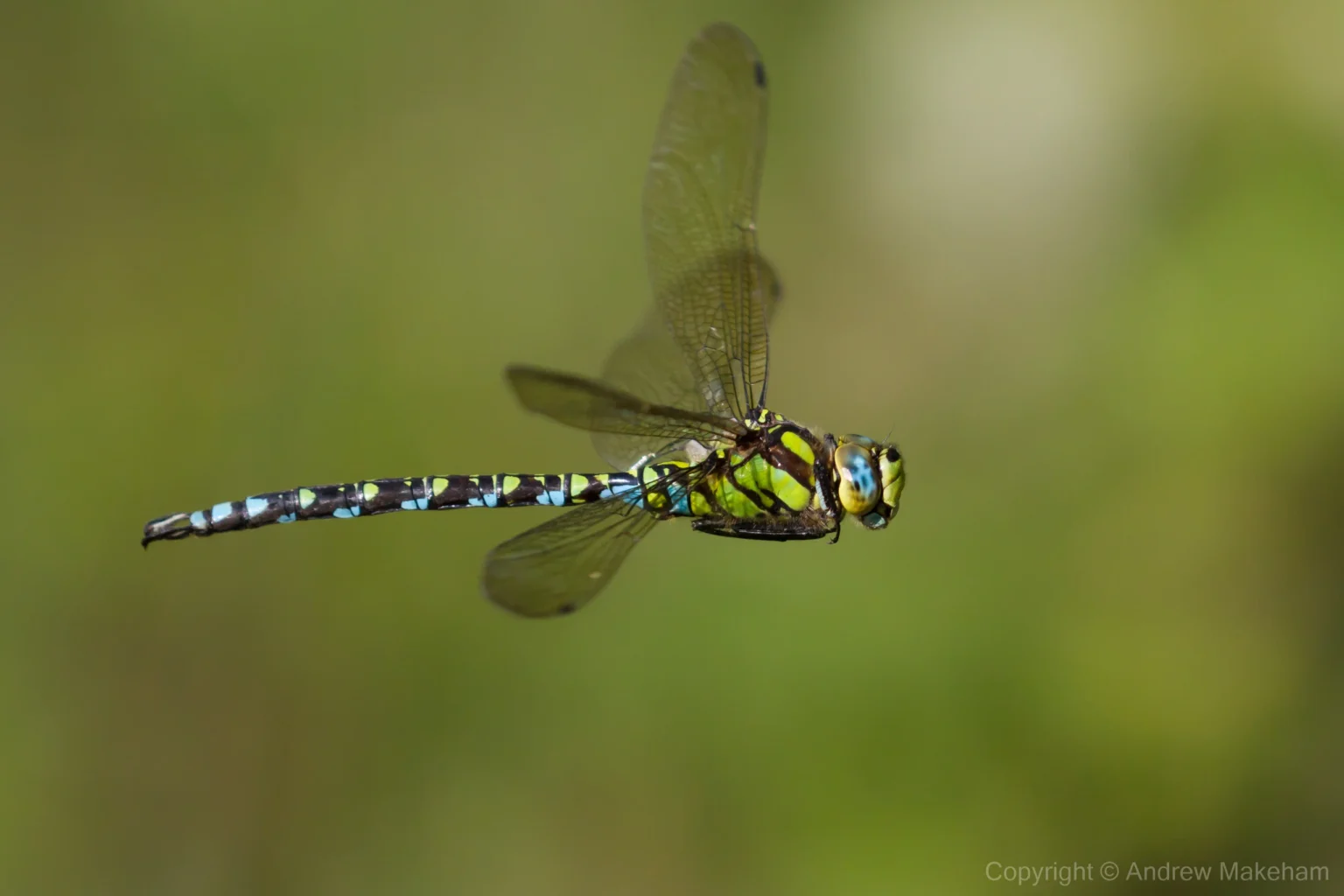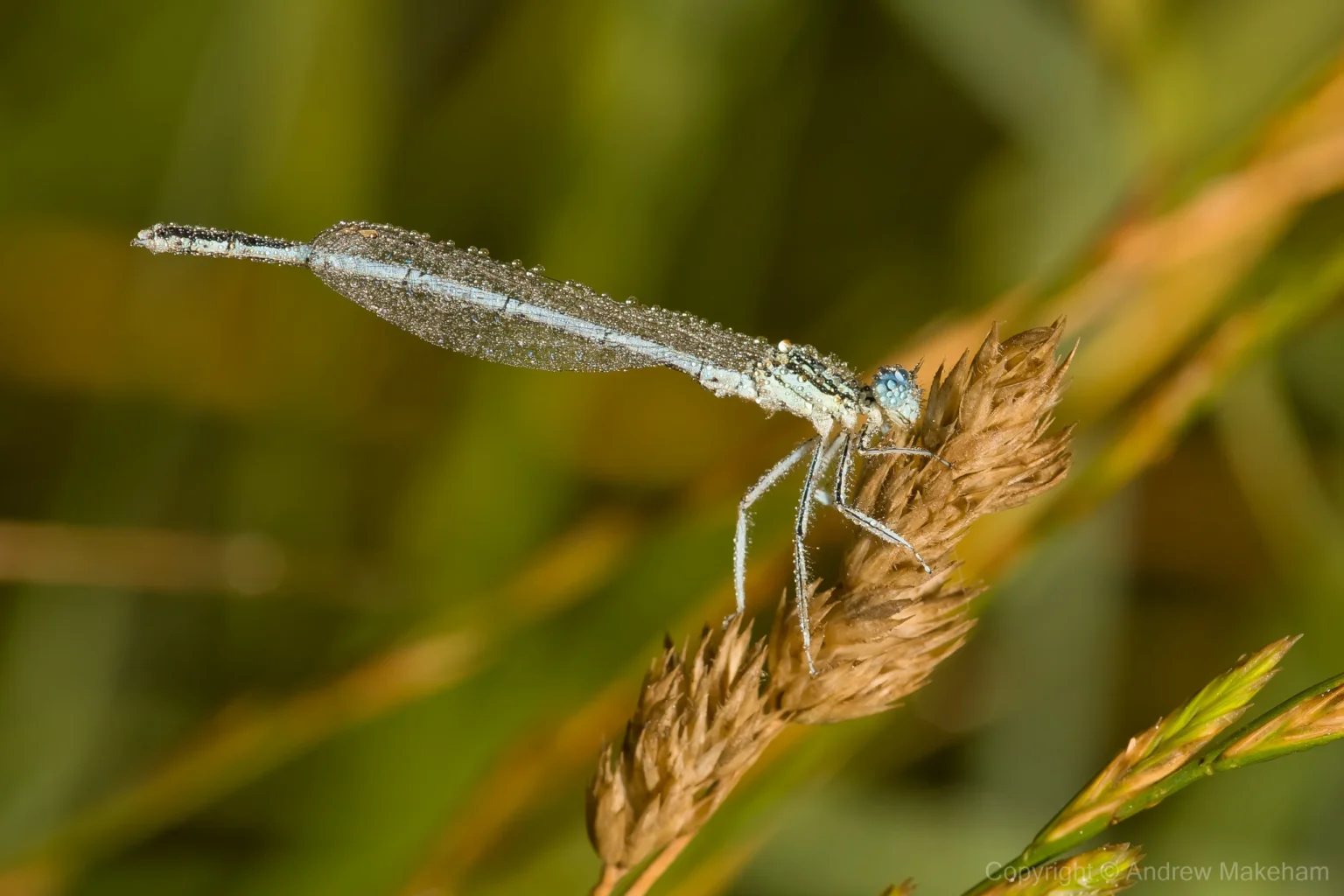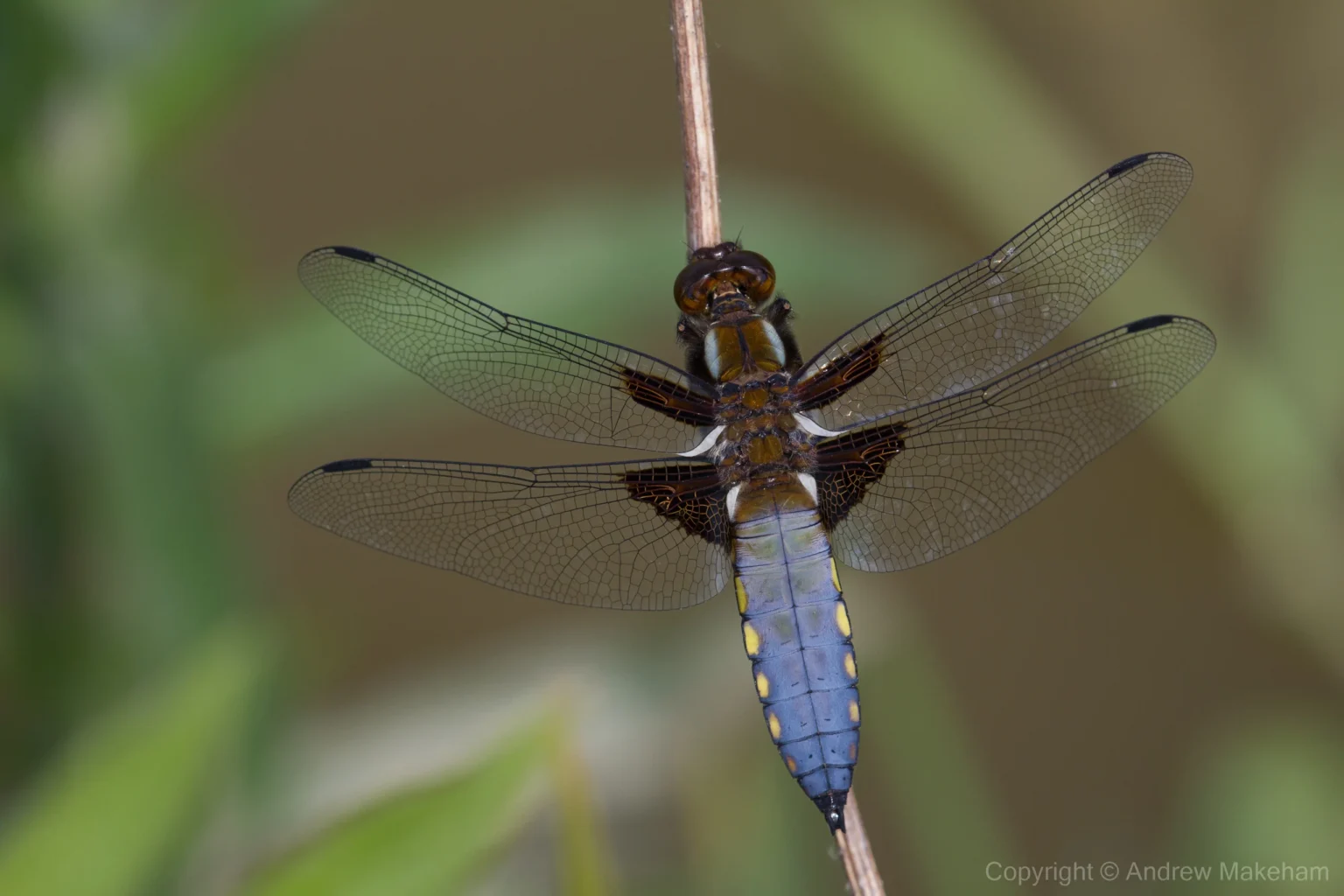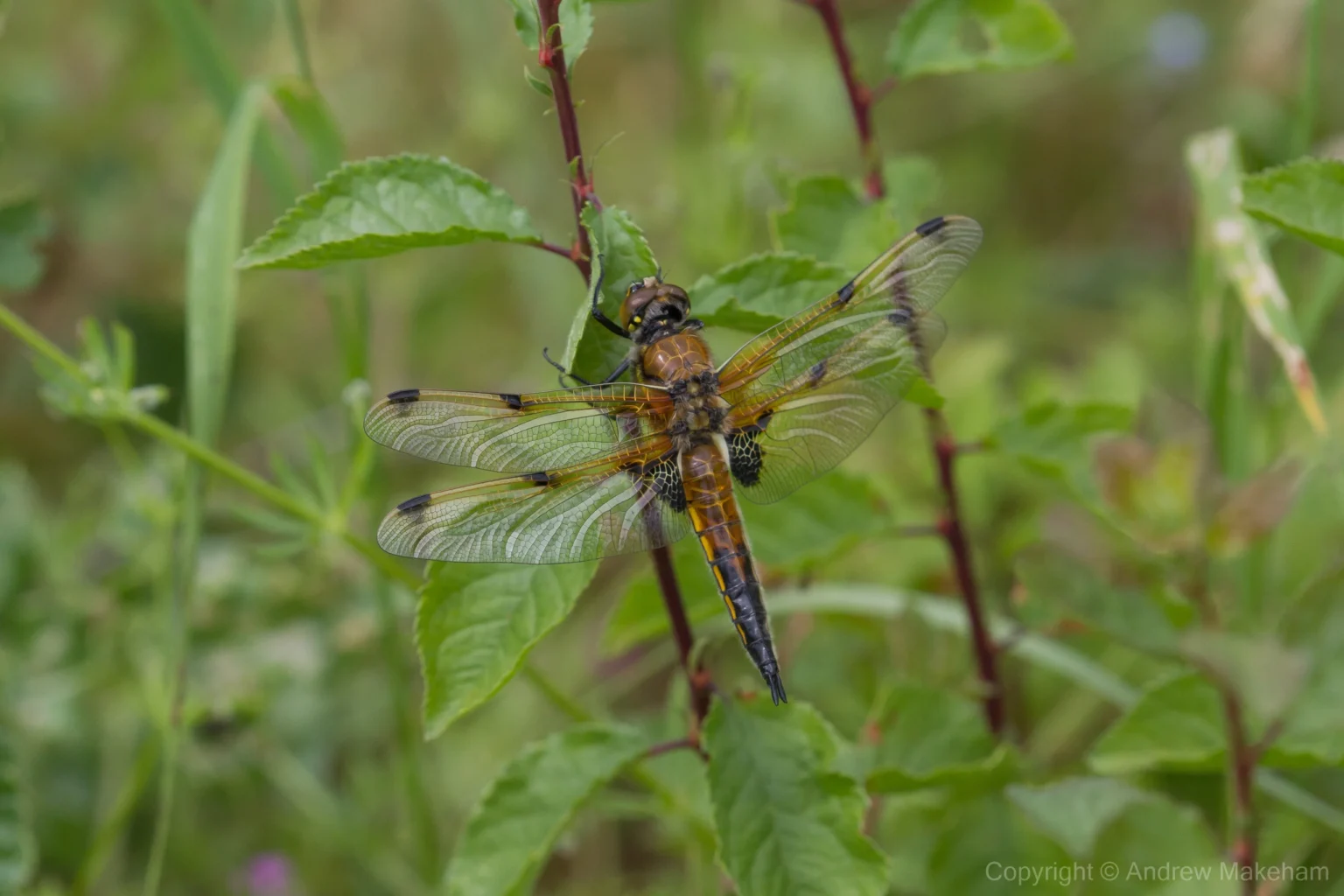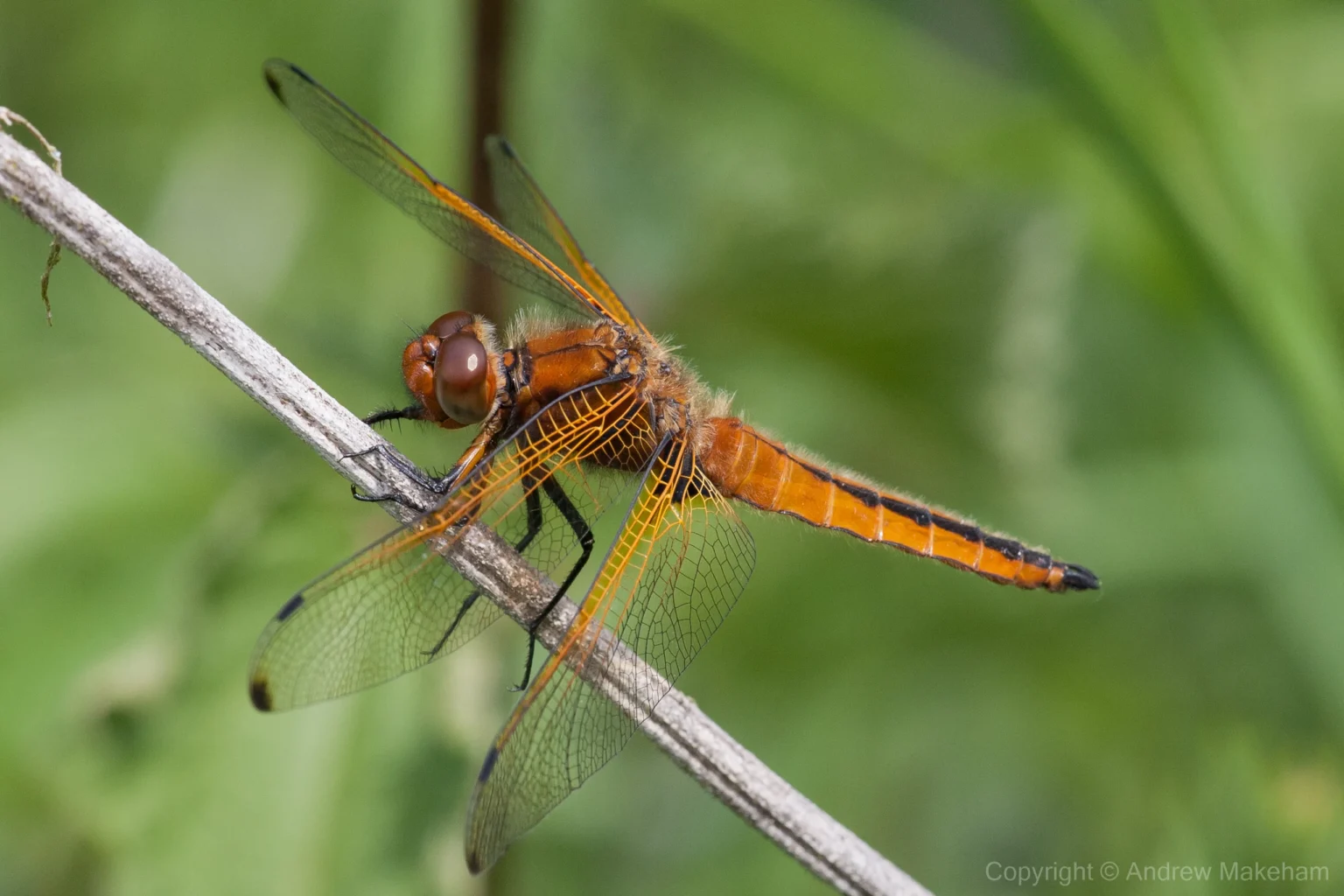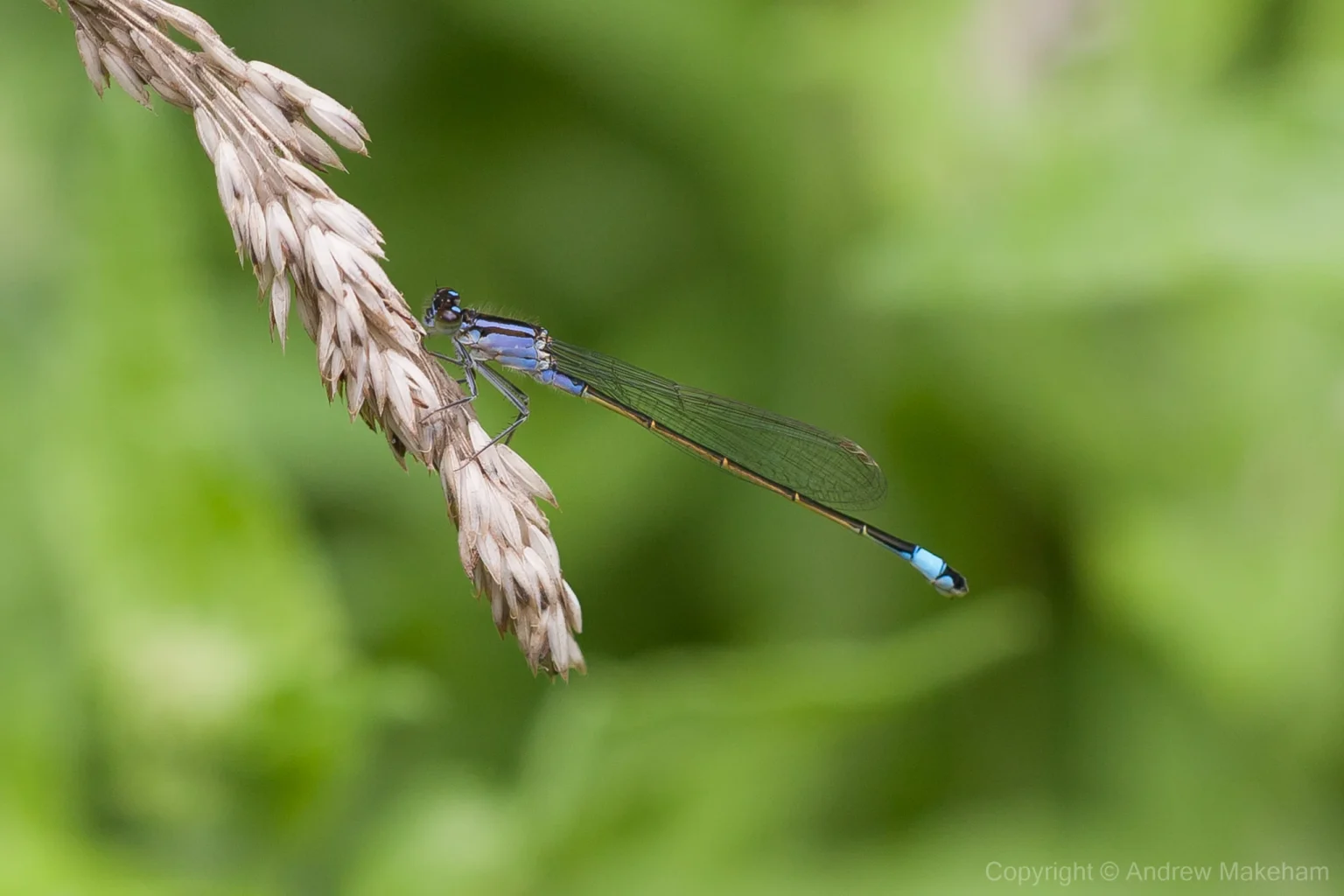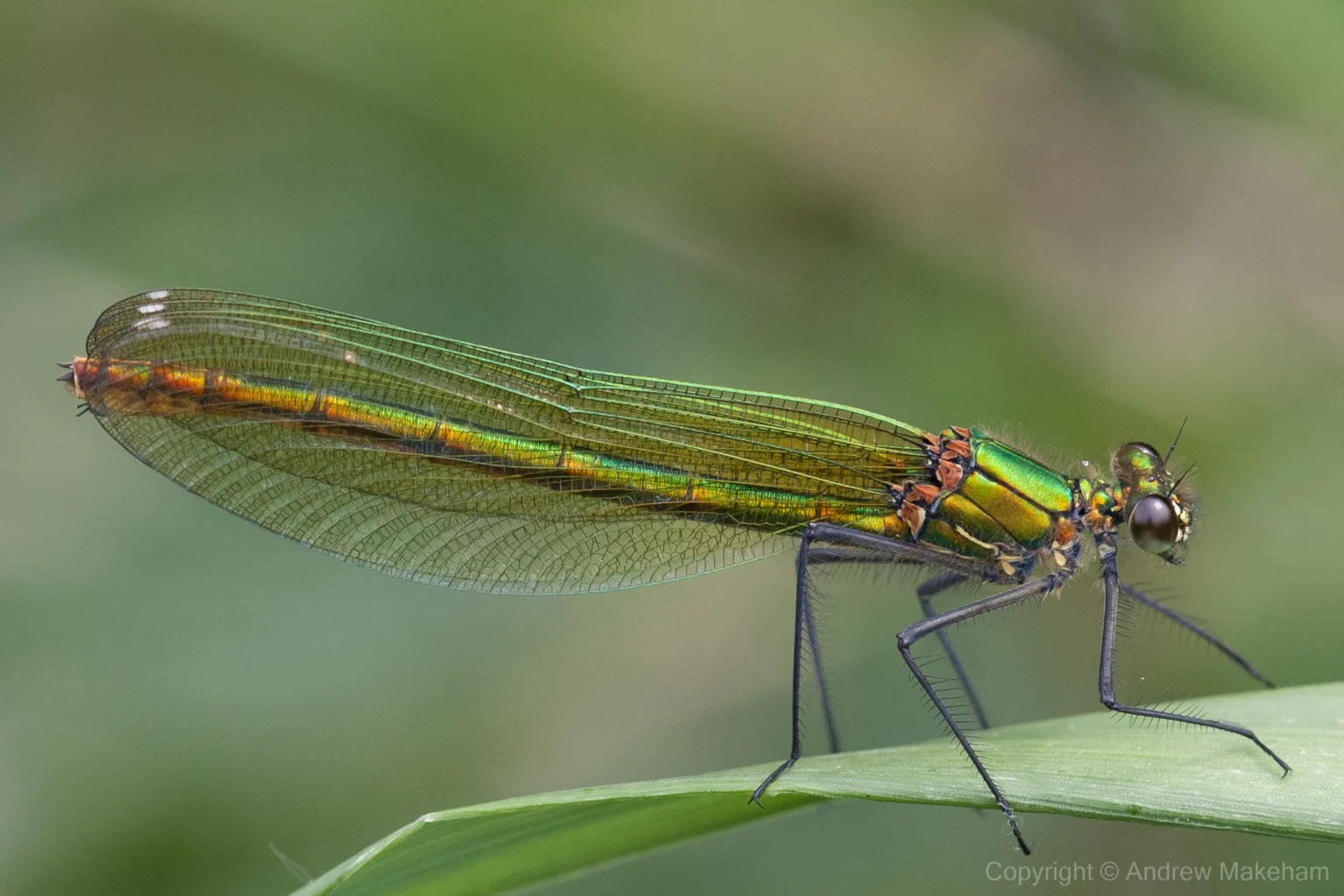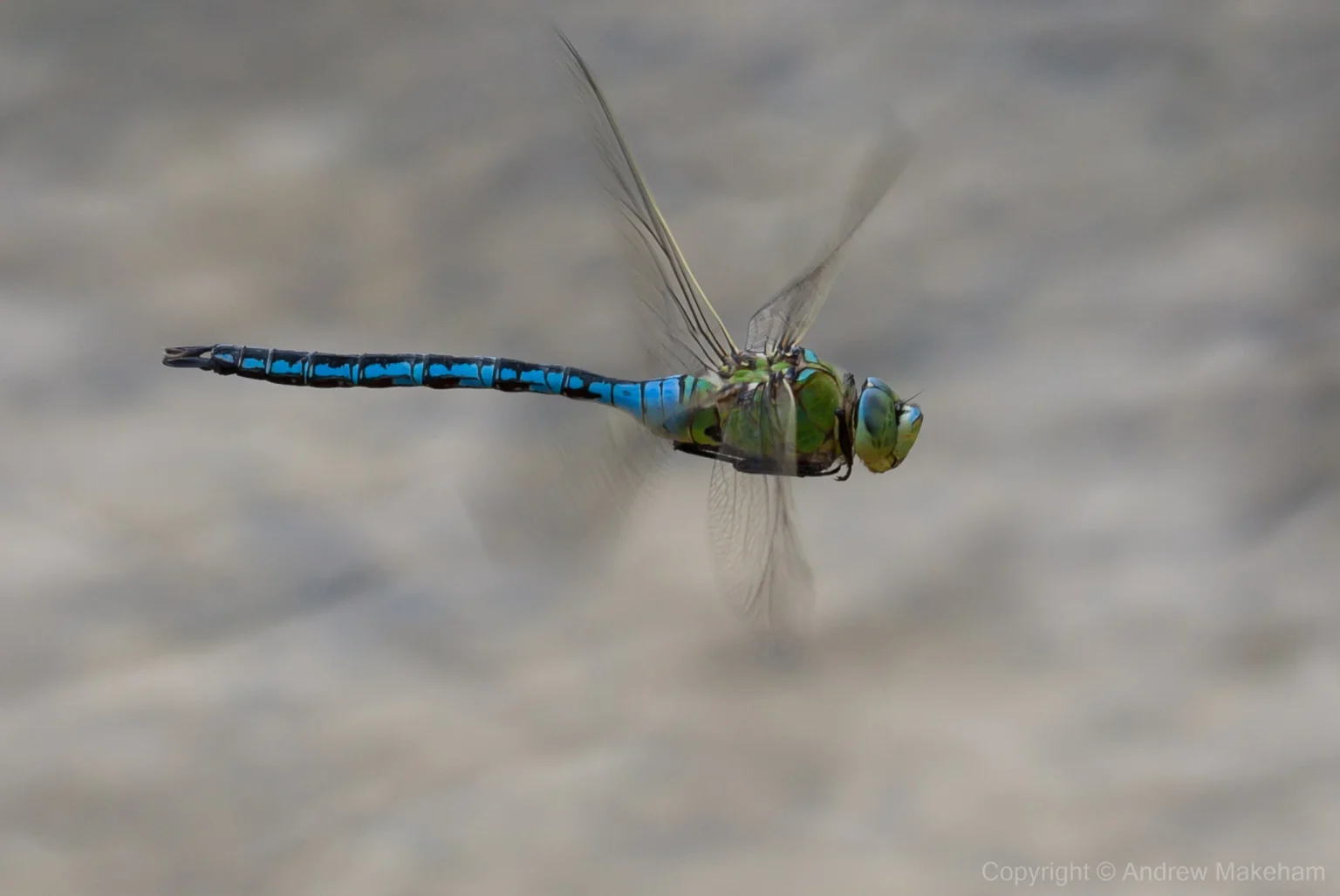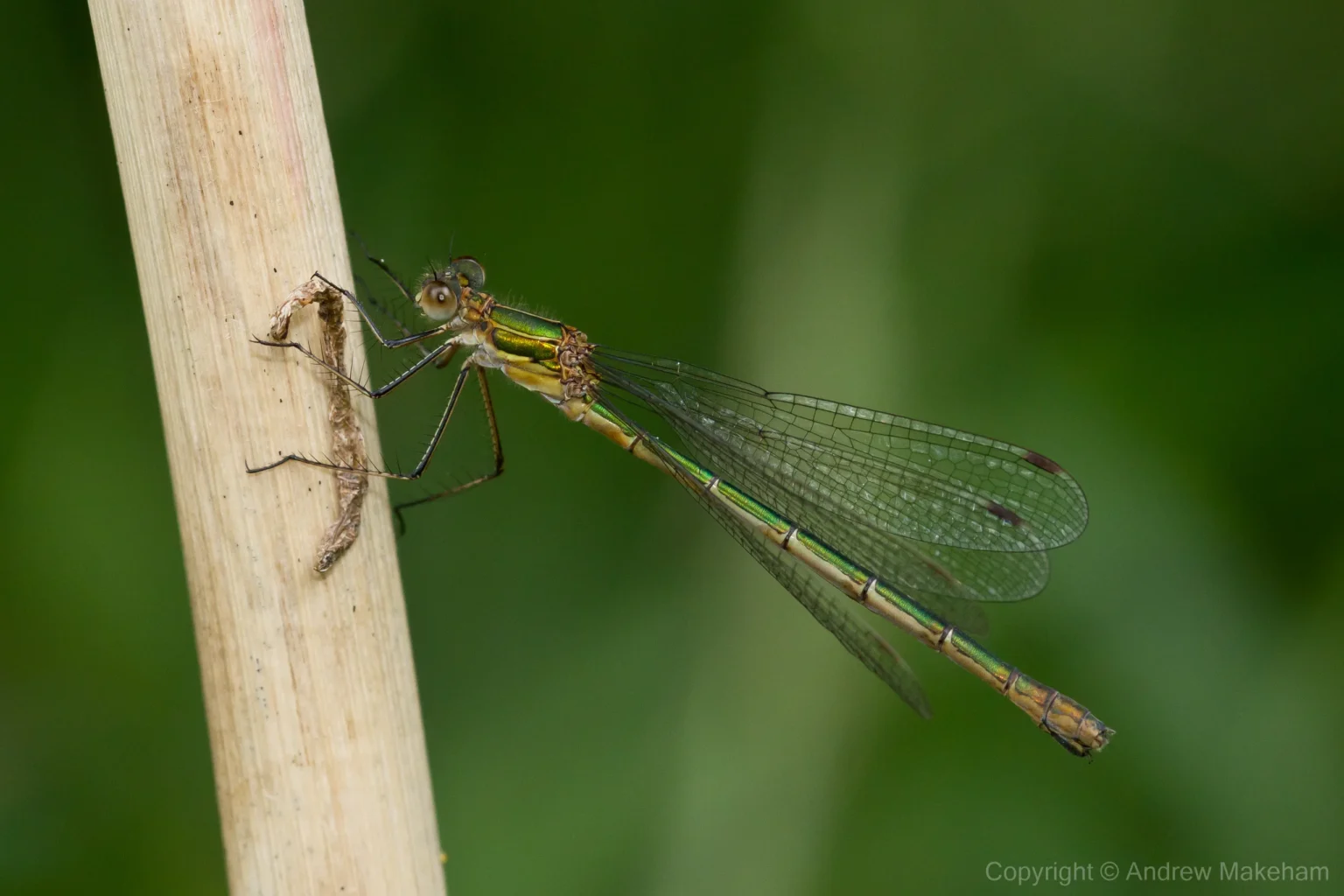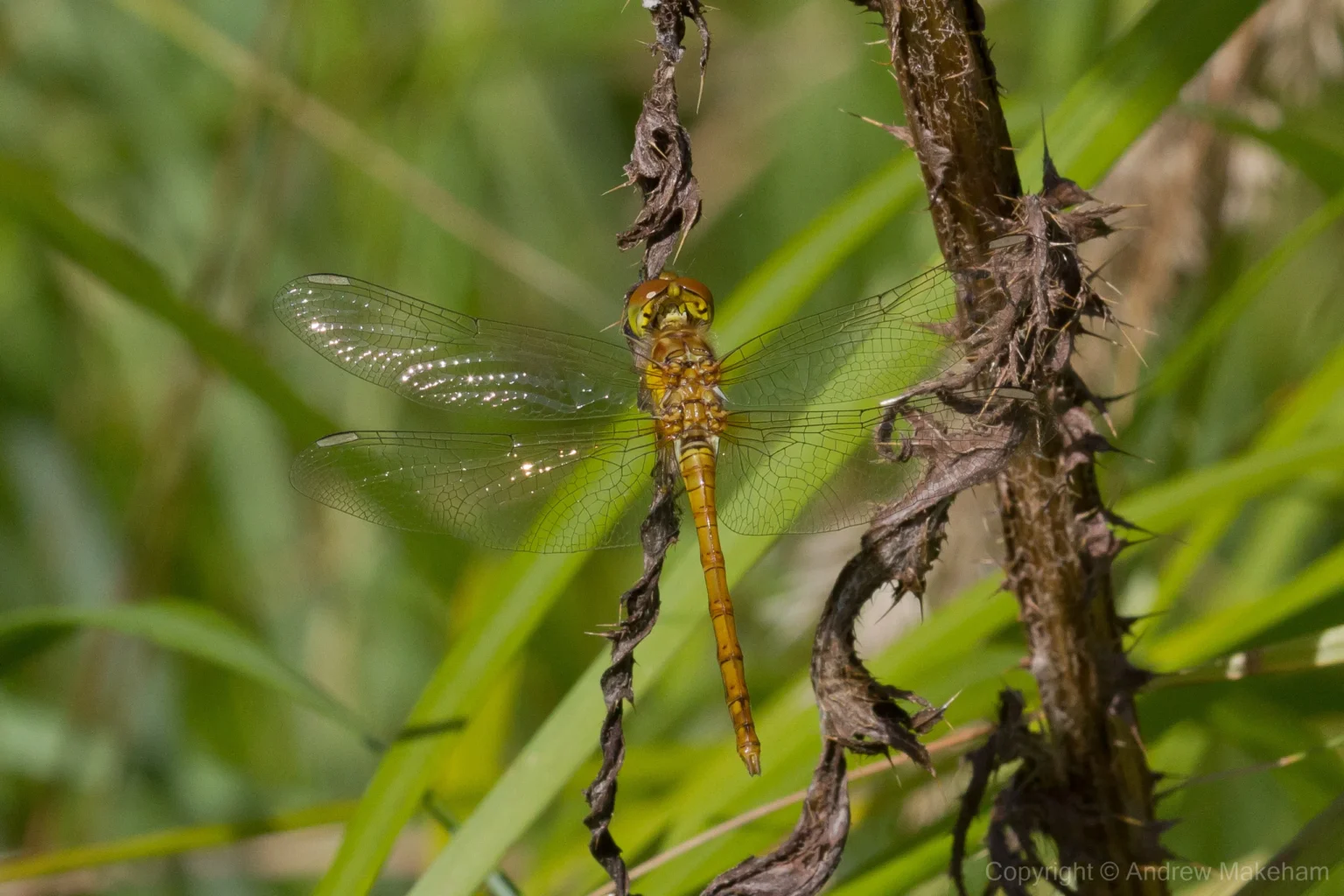
Bedfordshire Odonata
Bedfordshire Odonata – The resource for photographs and information about the Dragonflies and Damselflies that can be seen in and around Bedfordshire.
Why dragonflies and damselflies matter
Dragonflies and damselflies, collectively the insect order called Odonata, live a life in two very different environments. The first is their aquatic larval stage, and the second is as majestic insects of the air.
Dragonfly and damselfly larvae require clean, unpolluted, waters to thrive, and so their presence is a good indicator of water quality. As adult airborne insects they require that the surrounding environment is free from pesticides, and that it supports a variety of flora which in turn supports the insect life on which Odonata feed.
With increasing awareness then, we realise Odonata are sensitive indicators of environmental quality and play a key role in demonstrating that habitats are responsibly managed and are sustainable. This is a primary conservation aim and is of benefit to us all.
Popular naturalist and TV presenter Sir David Attenborough is the Patron of the British Dragonfly Society. He has made an excellent documentary, available on Sky, called Dragons & Damsels, which is well worth a watch. Sky says:
“They are beautiful, their behaviours are as complex as mammals and they have existed since the dinosaurs. Join David Attenborough as he delves into the life of dragonflies and damselflies.”
My journey into the world of dragonflies and damselflies
I’m fortunate enough to live near the River Great Ouse, an excellent area to see all manner of wildlife in Bedfordshire. However, my early interest was birdwatching, and dragonflies and damselflies were something that largely passed me by. Because I was unfamiliar with insects, I’d always thought dragonflies were dull, brown, and boring.
This changed with the advent of digital photography, and I started taking photos of the natural world around my home. Walking along the riverside I saw a mass of sparkling iridescent blue-green dragonflies, not knowing what they were called. Later I discovered they were Banded Demoiselles and weren’t actually dragonflies at all but damselflies.
Knowing nothing about dragonflies or damselflies then, I had to learn all I could.
Because there were few books at the time and no local websites, identifying what I’d seen wasn’t easy. I still didn’t know the difference between dragonflies and damselflies or how they were related. I saw many other dragonflies and damselflies over the summer months and realised that perhaps they weren’t so dull after all.
Public interest in dragonflies and damselflies has certainly grown over the last 20 years. Now, there are many more books and websites, even smartphone apps, about dragonflies and damselflies than when I took my first steps into finding out more about them.
Watching dragonflies and damselflies is an engaging pastime that costs only your time, and is something that can be enjoyed by all ages. Why not take a look yourself next time you’re out for a walk, and let me know what you see?
About this site
Bedfordshire Odonata was created in 2006 to help people learn about the dragonflies and damselflies found locally within Bedfordshire’s borders. The website features dragonfly photos I’ve taken over many years, and some hopefully useful information about these fascinating insects.
It’s not intended as a replacement for a field guide, but I hope it will help anyone who has ever thought:
“I wonder what that insect is?”
If you enjoy the website and want to learn more, why not visit the British Dragonfly Society? Or click the links below to start exploring.
Learn about dragonflies and damselflies
Read more about how they live, what they eat, their life cycle, and more
Take me to the dragonflies
Starting page for dragonfly photos
Take me to the damselflies
Starting page for damselfly photos
Book reviews
Looking for more information? Try these books
